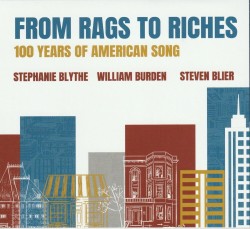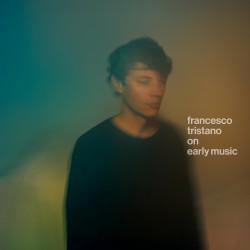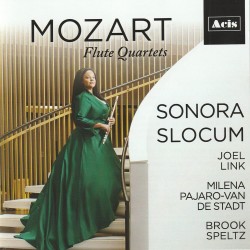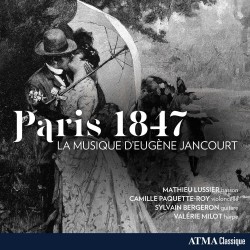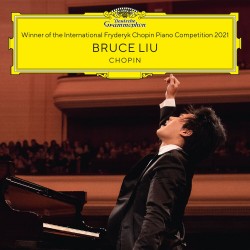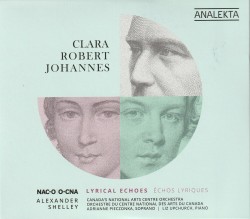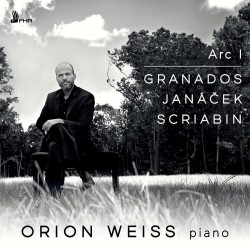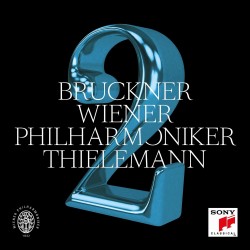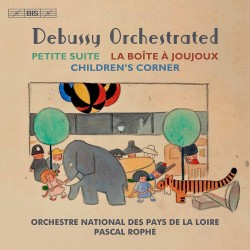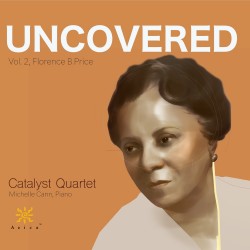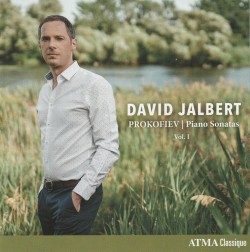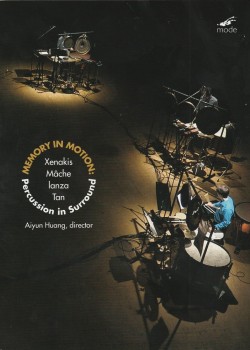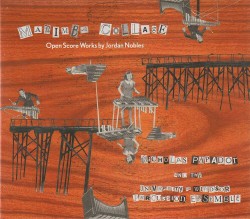how do I find you - Sasha Cooke; Kirill Kuzmin
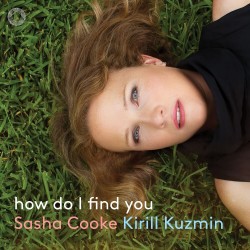 how do I find you
how do I find you
Sasha Cooke; Kirill Kuzmin
Pentatone PTC 5186961 (pentatonemusic.com/product/how-do-i-find-you)
American mezzo-soprano Sasha Cooke is a two-time Grammy Award winner. Her most recent album, how do I find you, features songs composed by numerous living American composers (Missy Mazzoli, Rene Orth, Frances Pollock, Hilary Purrington, Kamala Sankaram and Caroline Shaw) and written by many living American and Canadian poets and lyricists (Liza Balkan, Mark Campbell, David Henry Hwang and Colleen Murphy).
howdDo I find you is a digital only release in which Cooke partners up with collaborative pianist and Houston Grand Opera principal coach Kirill Kuzmin. Together, they perform 17 newly composed songs commissioned and curated by Cooke during the COVID-19 pandemic. Composers were given the opportunity to write about topics that spoke to them most during the pandemic and this resulted in a wide variety of themes related to the use of social media, social injustice, immigration and environmental concerns, as well as the familiar pandemic themes of working from home, work insecurity, pandemic parenting, general struggles and personal sacrifices.
Although Cooke’s voice would gain from light text setting revisions and her interpretation of raw and unhinged feelings is, at times, too measured (Dear Colleagues), how do I find you is a compelling album. With music firmly situated in the contemporary American art-song style and up to date lyrics, Cooke and Kuzmin’s interpretations successfully portray the intricacies of pandemic life with relatable depth, seriousness, sarcasm and humour.



